When we first started planning our six-month backpacking adventure, finding spirituality in India was not at the top of our list. Turns out, as you travel this country full of temples, mosques, gurdwaras, gompas and other religious sites and shrines, you can’t really avoid it.
At the Sera Si Monastery in Lhasa, which translates from the Tibetan to “Wild Roses Monastery” because of all the rose bushes that originally grew around it, Tibetan monks have a great way to keep their mind sharp and their individuality intact: they debate.
The questions posed are all philosophical and designed to deepen their understanding of Buddhism. They range from how to define happiness to what purpose poverty serves. Try and answer any of those by tea time!
But the most interesting thing about the debates is how they’re conducted. There are no podiums or notes with keywords, but there is a very organized structure to determine a winner. Some questions are thrown in to intentionally confuse the person trying to present an argument, and the gestures are fascinating. A loud clap after each question, with foot stomps to emphasize points.
I’ve visited several monasteries and nunneries in Tibet and Dharmsala, and this is the only one I’ve been to that keeps the tradition of the debates, so I’m assuming it’s exclusive to the Sera Monastery. A traveler I met in Nepal told me they’d seen something similar in Mysore. If we end up going there, will be interesting to see. If anyone’s been, let us know!
No matter how loud, aggressive, intentionally asking misleading questions, the opposing monk gets, the monk who is sitting down calmly and rationally answers the questions posed and uses logic and rationality to try and win the argument. I wouldn’t last very long. Every politician should have to go through this training!
It’s a very strange feeling being back in India as a traveler again, but this time as a couple. Sona and I have different perspectives about searching for and finding spirituality in India. Neither of us want to force it. But it’s difficult not to think about our own spirituality when religion is everywhere, from impromptu Sufi music being sung in the park, or masjids, gompas, mandirs, and gurdwaras rooted in history that resonate deeply.
While India is aggressively asking questions, I am by no means rationally replying. With the hustle and bustle of catching buses, trains, haggling for rickshaws, carrying our backpacks, and eating lots and lots of street food, the intentional spiritual quest many people come to India specifically for is something we avoided. Sona says she’s lazy in finding her spirituality. And so far, we’ve avoided finding spirituality in India. We wanted to go see these places of worship as cultural artifacts, as one would see a castle or something of historical or aesthetic significance. But, of course, India has other plans for us.
Originally, we planned to see the Jama Masjid in Delhi, spend a night at the Golden Temple, check out a gompa in McLeod Ganj, and finally hike up the 14 km to Vaishno Devi and have our temple quota for the trip sorted.
But what we’re discovering is the most obvious of things: all of these places are very spiritual places, with such colorful histories and meaning attached to them that it is difficult not to be moved by simply being in their presence. A part of it has to do with the historical significance. A lot of it has to do with realizing the abstract idea of being of Indian descent becomes a very tangible thing when you’re here.
Despite the shops selling tacky Guru Nanak clocks that light up, the Harmandir Sahib (the Golden Temple) was a profoundly moving place for me. My earlier memories of Harmandir Sahib were going on forced squishy car rides with my family and popping our heads in for a few hours before taking another squishy car ride back to the home of whichever relative we were with.
Spending the night at the Golden Temple (free if you’re down with communal living or a very nominal 50 rupees for a spacious private room) was an incredible experience because you get a glimpse into the complexity of what Sikhism means to so many people. Super early in the morning, buses specifically for old men and women arrive, packed to the brim.
The day begins with the clamoring of plates in the hangar hall (community kitchen), and men and women making rotis, cutting vegetables, or carrying huge pots back and forth, a beautiful melody of the morning shared emanates across the marble floors. By the time light breaks, activity is underway, with people coming from all over to help out in the spirit of seva (selfless service)—a core tenet in Sikhism. As the day progresses, you hear more beautiful religious music, crowds congregating all over the marble floors, on the side of the Sarovar (holy pool), and lining up to go into the main complex. It’s a lovely way to wake up.
And during the afternoon, you see groups of local families pop in, and sometimes students on some sort of a school trip, who mainly hang around the Nescafe area and just outside the complex, where you can buy odd arrays of things like Limca, softy ice cream, gol-guppa, chaat, aloo tikki, aloo tikki burger, daggers, swords, Sikh paintings, and all sorts of other trinkets.
For some, coming to the Golden Temple is simply going through the motions. For others, it is a chance to hang out with friends. But for the majority, it is a deeply spiritual place rooted in history, politics, and recent trauma that you can learn more about at a museum housed here. It’s almost like it’s one place you really can’t avoid in finding your spirituality in India.
The amount of dedication here is astounding. From the time you wake up to the time you go to sleep, all sorts of people are paying their respects, the 24-hour langar hall is constantly clanging away, with dishes being washed, food being prepared, and people eating roti, sabji, daal, and sipping a warm cup of cha.
But as serene as things seem, there is a very dark and unsettling not so distant past looming. The 1980s are a very painful period of discussion for many Punjabis, particularly Sikhs, in India and abroad. My uncle once told me that during the 1980s, he received a note that read, “Come to Bungalow #83,” from militant followers of Bhindranwale, who were concerned that there were dowry issues related to a wedding of a relative he had attended. KPS Gill, lauded as India’s “super-cop,” inflicted absolute terror in Punjab by systemizing torture through faked encounters and “disappearances.”
It is difficult to imagine Operation Blue Star ever took place here, with Indian tanks in this very spiritual place, and men with guns shooting at various angles of the Golden Temple, destroying historic and religious architecture and buildings. That Army tanks mowed their way through the complex killing thousands of innocent people. Or the bloodbath that followed in Delhi for three days, with congress lead mobs that systematically burned, raped, and killed Sikhs, colloquially referred to as the Delhi “riots.”
Juxtaposed with this image is the image of absolute serenity in the evenings at the Golden Temple with the scintillating gleam of gold, with dark waters gently splashing around it, shabads emanating from the main complex, and the coolness of the marble floors. There’s nothing quite like it.
What I really like about the different festivals and religious places we’ve visited so far is that, despite the dark history and sometimes terror that lays in the past, everyone is very excited to include newcomers into the festivities. And if they see genuine interest, people are more likely to talk about the darker parts of the history, which in many cases is not that long ago.
There are even moments of reflection to be found at places you wouldn’t think could be a catalyst for spirituality, like the Wagah Border ceremony, at a border that divided millions, destroyed the unity of Punjab, in the name of freedom.
A lovely place for us to see the role of religion in everyday life was in Pushkar in Rajasthan, where I’d gone to see the camel festival years ago. Turns out, it has the largest number of Hindu Mandirs, and a Sikh Gurdwara, and of course we went right in the middle of a Durga Puja, with the entire town coming out dressed up as characters from the Ramayana and Mahabharata, and they were so elated to include us in the festivities.
We return to Delhi and Sona’s family are very much into observing fasts. Some of the fasts are great, and involve fried pakoras, which I am always down for. No matter what, because of the cultural shifts in a city as expansive as Delhi, the food is always going to be fantastic. We happened to be in Delhi during Eid one time when all the Muslims of Old Delhi go kebab and falooda crazy. In Rajasthan, we visited the Deshnook “Rat ” Temple, which is by far the most non-conventional temple we went to see, with rats scurrying around. Or visiting the Bishnoi who are dedicated to protecting the environment and living things.
I’m not sure what effect the spiritual journey we’ve stepped into will have, but it’s inescapable, so rather than fight it, we’re just going to roll with it and see what happens!

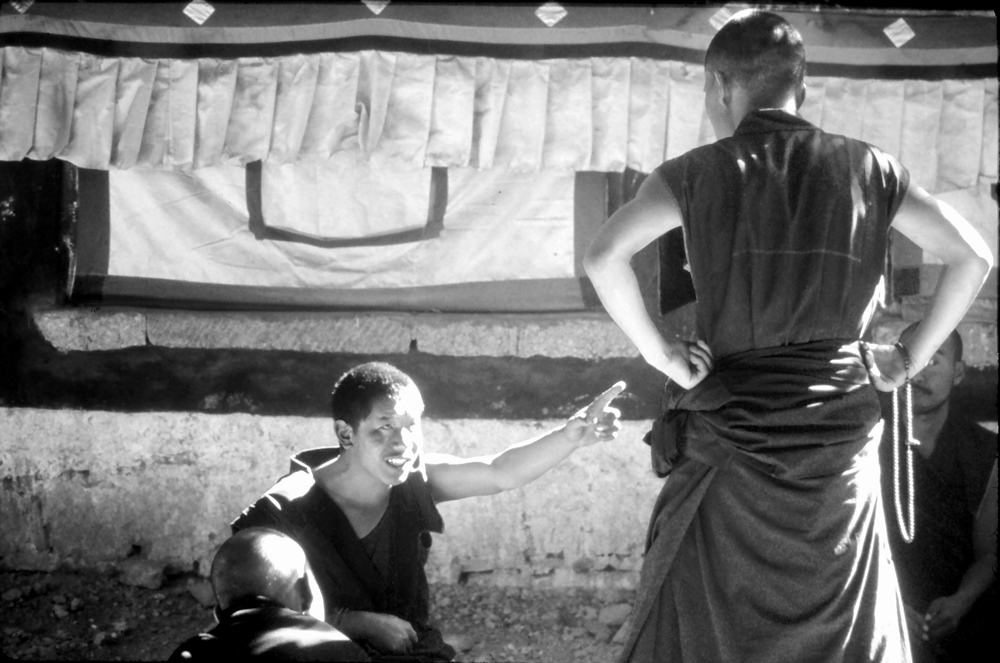
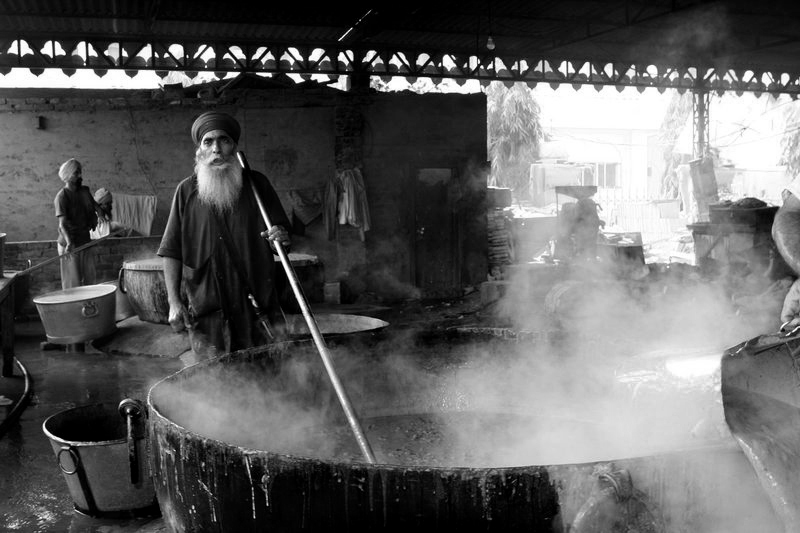
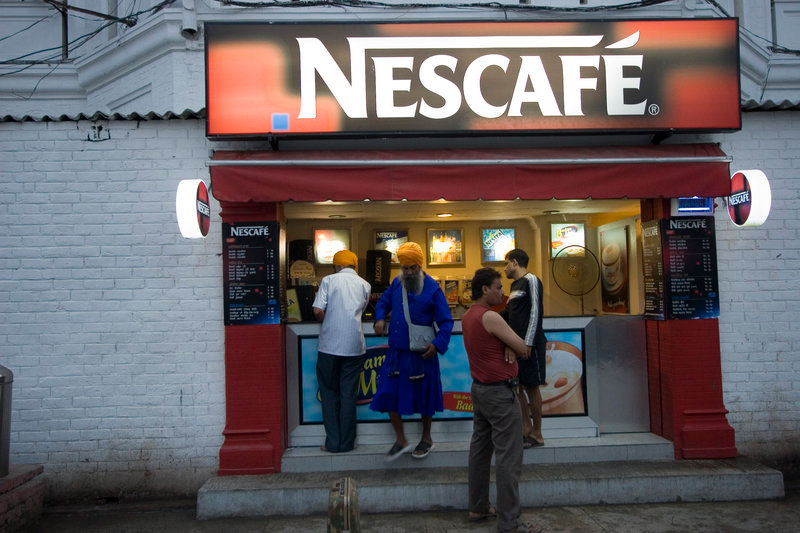

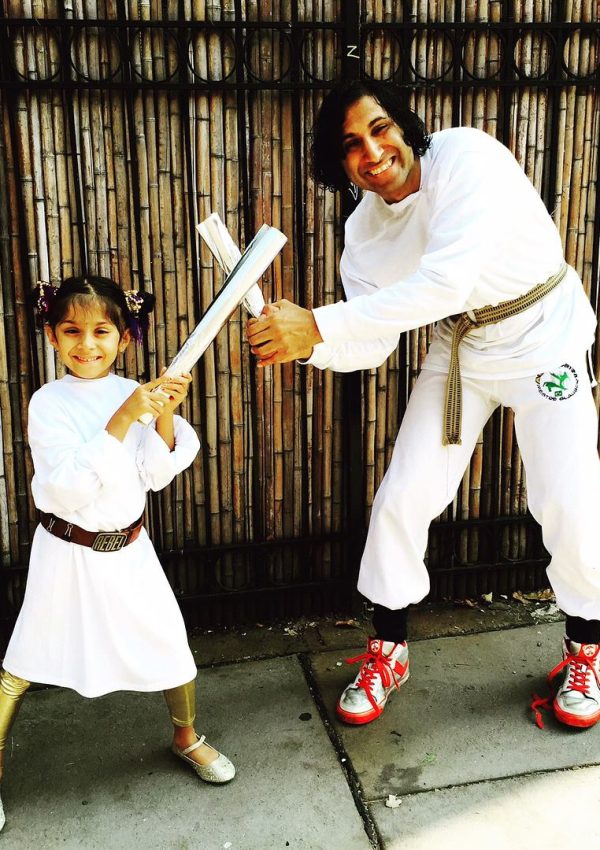
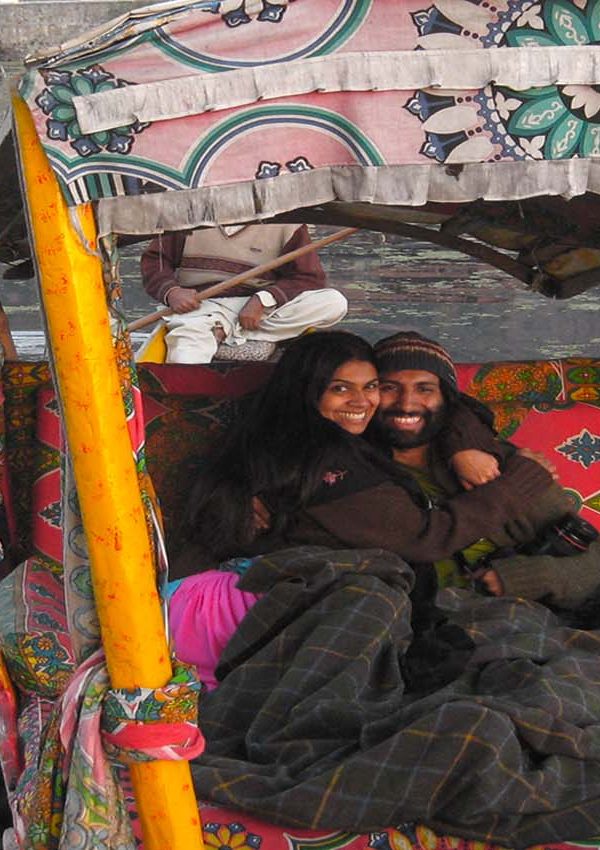
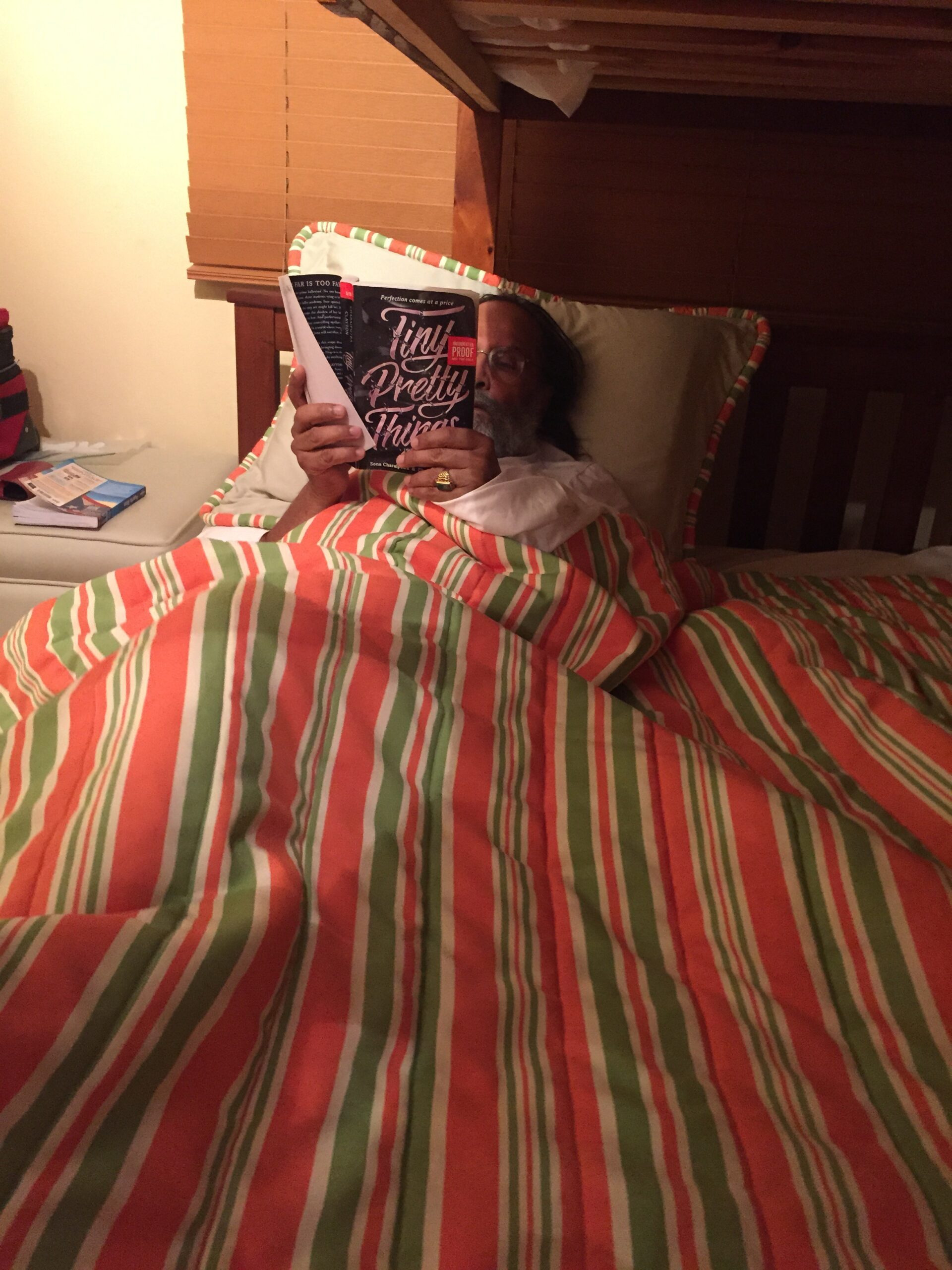
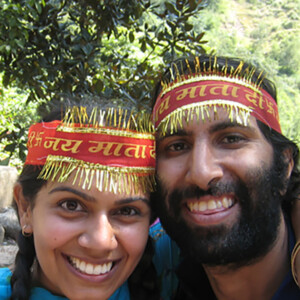


Leave a Reply